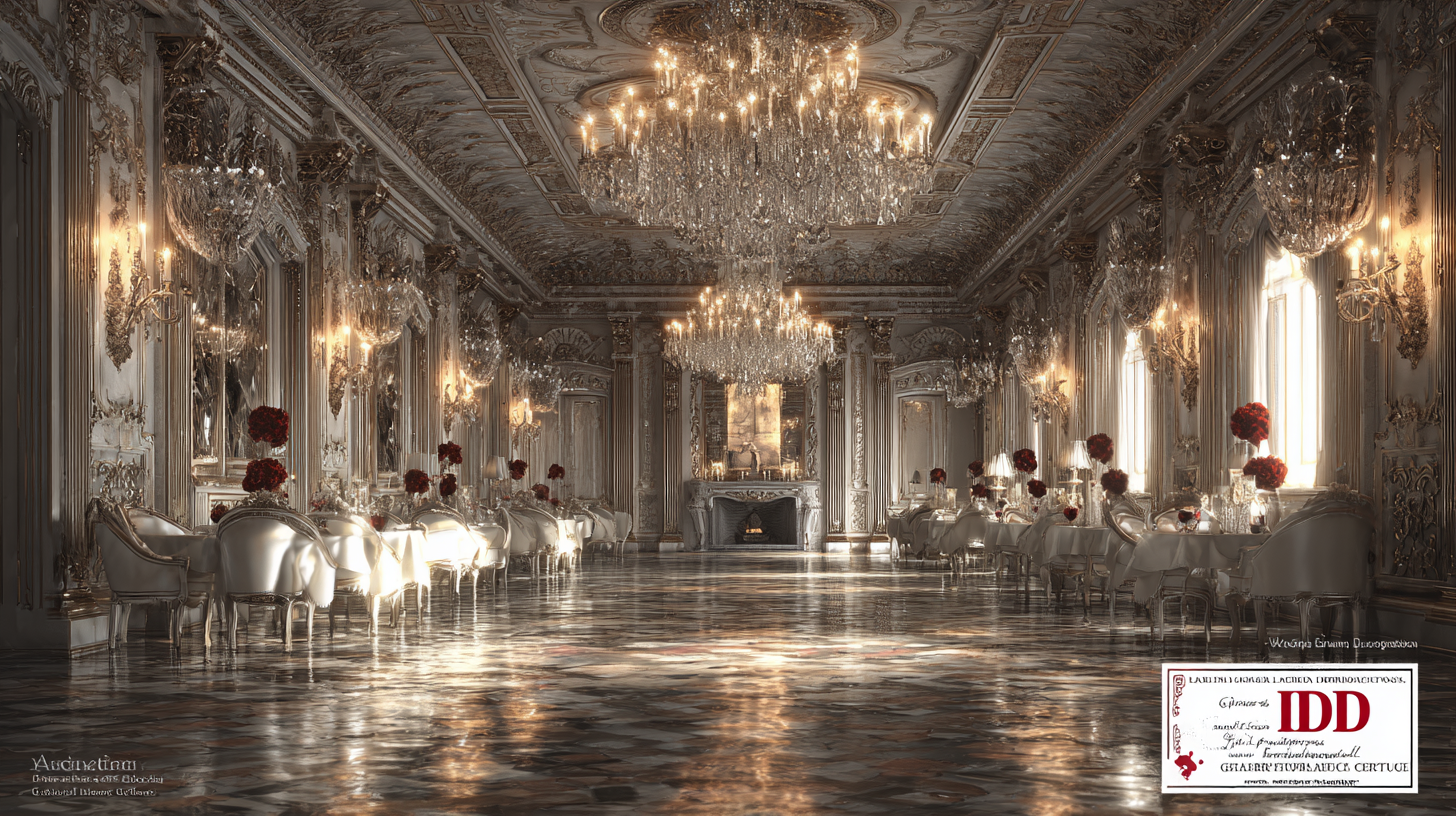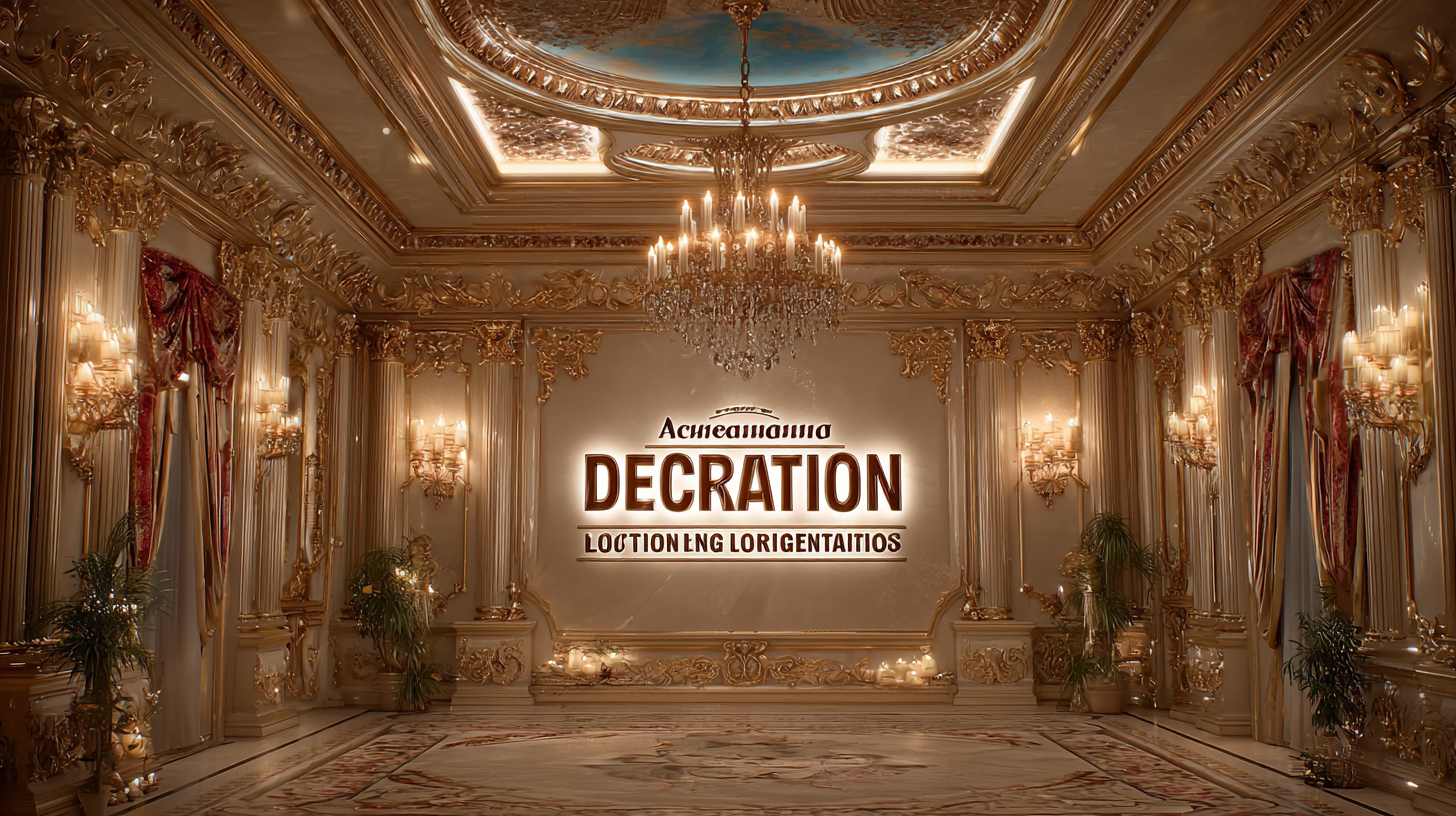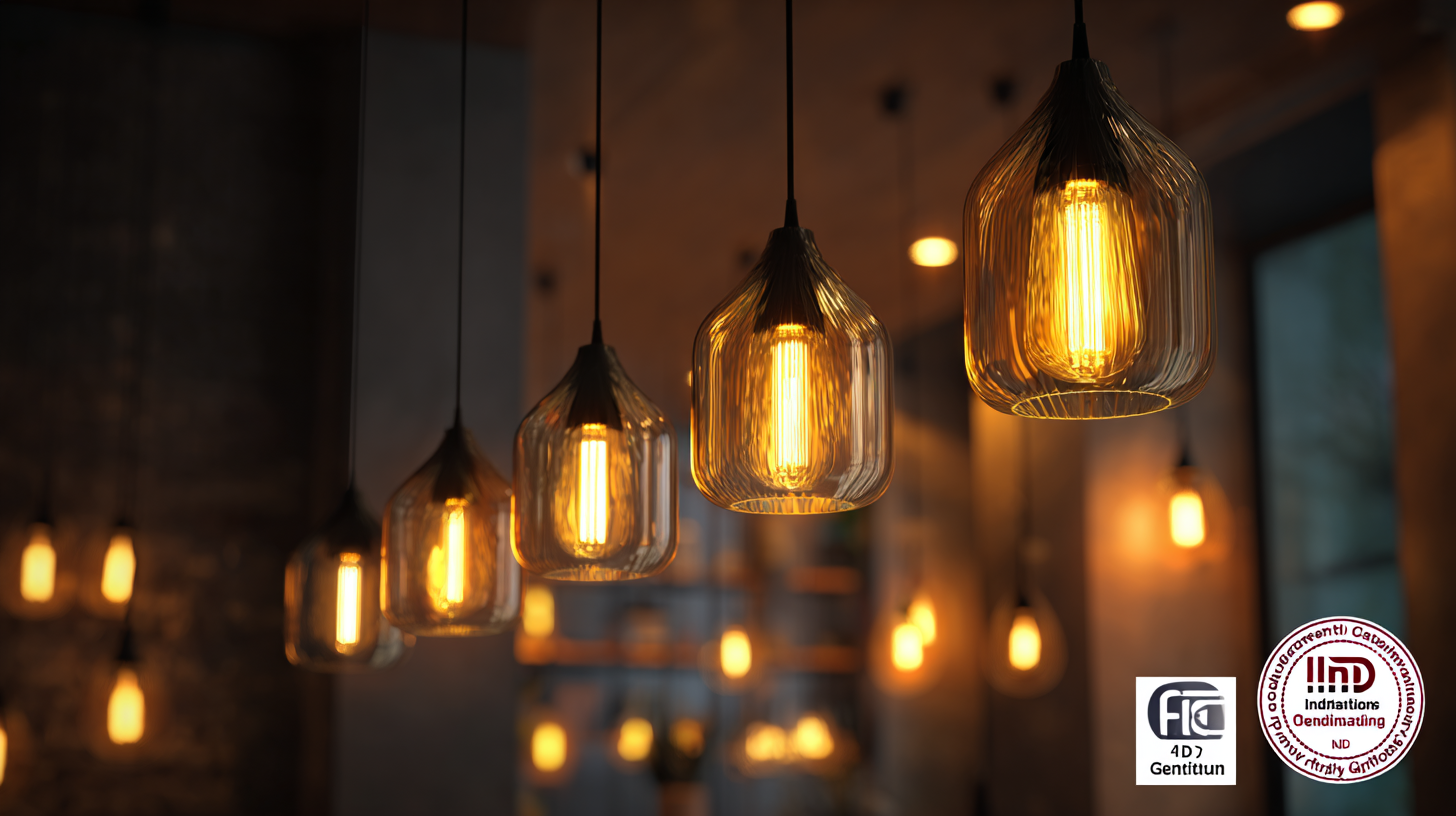Achieving Best Lighting Decoration with Industry Import Export Certification Guidelines
In today's ever-evolving design landscape, the art of Lighting Decoration plays a crucial role in transforming spaces and enhancing ambience. As businesses navigate the complexities of the industry, understanding the import-export certification guidelines becomes essential for achieving the best results. This comprehensive approach not only ensures compliance with international standards but also opens up a wealth of creative possibilities. By adhering to these guidelines, designers and manufacturers alike can source high-quality materials and innovative lighting solutions that are both aesthetically pleasing and functionally effective. In this blog, we will explore various strategies to achieve optimal Lighting Decoration while staying aligned with industry certification requirements, offering insights and practical solutions for those looking to elevate their design projects.

Understanding Industry Import Export Certification for Lighting Products
Understanding Industry Import Export Certification for Lighting Products is crucial for businesses aiming to thrive in the global market. With robust industries such as electronics being a significant part of Vietnam’s import and export activities, lighting products must adhere to specific guidelines to ensure compliance and market acceptance. According to recent statistics, the global lighting market is projected to reach USD 160 billion by 2027, providing a vast opportunity for certified manufacturers to export their products internationally.

The importance of certification extends beyond compliance; it plays a vital role in gaining consumer trust and ensuring product quality. Certification bodies worldwide require that lighting products meet specific safety and efficiency standards, which are critical in markets like the European Union and North America. Additionally, guidelines like the BIS Certification in India, applicable to various product categories including lighting, demonstrate the shifting landscape of regulatory demands that manufacturers must navigate. Keeping abreast of these certification requirements not only facilitates smoother market entry but also enhances the reputation of brands in competitive international landscapes.
Benefits of After-Sales Service in Lighting Decoration
In the realm of lighting decoration, the value of after-sales service cannot be overstated. It ensures that customers not only enjoy their purchase but also receive the support they need to maintain and optimize their lighting solutions. From troubleshooting technical issues to providing guidance on product features, effective after-sales service fosters customer satisfaction and loyalty. This is particularly crucial in an industry where product performance can significantly impact the ambience of a space.
To make the most of your lighting investments, consider these tips: First, always ask about warranty and service options when purchasing lighting fixtures or systems. A robust after-sales service indicates a company's commitment to its products and customers. Second, engage with customer service even after your purchase—ask questions about installation or explore ways to enhance your lighting setup. Lastly, keep an eye on industry partnerships and certifications; companies that prioritize after-sales service often participate in such initiatives, showcasing their reliability and expertise.
As the market evolves, consumer awareness of after-sales service will continue to shape the lighting decoration landscape, ensuring that lighting solutions are not only beautiful but also functional and enduring.
Cost Management Strategies for Lighting Fixture Maintenance
Effective lighting fixture maintenance is crucial for cost management and energy efficiency in commercial facilities. Implementing lighting controls can significantly enhance energy management practices, operating continuously to monitor and optimize energy usage throughout the year. According to recent industry reports, integrating advanced lighting controls can lead to energy savings of up to 30%, contributing to lower operational costs while maintaining optimal visibility for employees and customers alike.
 Tips for reducing costs include performing regular lighting retrofits, which not only improve energy efficiency but can also extend the lifespan of fixtures, ultimately saving on replacement costs.
Additionally, conducting life cycle cost analysis enables facility managers to better understand the long-term financial benefits of energy-efficient upgrades.
For example, investing in LED lighting can result in a significant reduction in energy consumption, paying for itself within a few years through lower utility bills.
Tips for reducing costs include performing regular lighting retrofits, which not only improve energy efficiency but can also extend the lifespan of fixtures, ultimately saving on replacement costs.
Additionally, conducting life cycle cost analysis enables facility managers to better understand the long-term financial benefits of energy-efficient upgrades.
For example, investing in LED lighting can result in a significant reduction in energy consumption, paying for itself within a few years through lower utility bills.
It’s also essential to consider advancements such as smart lighting technologies that enhance operational flexibility and control. Facilities utilizing smart streetlights or integrated lighting systems report improved energy management, resulting in notable savings over time. By prioritizing these strategies, businesses can ensure they are not only reducing costs but also enhancing their overall sustainability efforts.
Essential Guidelines for Compliance in Lighting Decoration Projects
When engaging in lighting decoration projects, adherence to essential compliance guidelines becomes crucial for achieving optimal results. As energy regulations evolve, particularly under new codes like California's Title 24, industry participants must be proactive in understanding and implementing lighting control requirements. Ensuring your designs are not only aesthetically pleasing but also compliant will prevent future liabilities and enhance sustainability.
**Tip:** Always stay updated on local codes and regulations regarding lighting and energy efficiency. Consult technical documents and planning guidelines provided by the local council to align your projects with community standards and the City Plan.
In outdoor lighting, responsible practices can minimize environmental impact and improve community aesthetics. For instance, Breckenridge's new ordinance emphasizes thoughtful outdoor lighting, requiring residents to modify their holiday displays for compliance by 2025. It’s essential to design with consideration for light pollution and energy waste.
**Tip:** Implement the five principles for responsible outdoor lighting by ensuring lights are only used when necessary and properly positioned to avoid excessive brightness. This not only conserves energy but also promotes a healthier ecosystem.
Achieving Best Lighting Decoration with Industry Import Export Certification Guidelines
| Guideline | Description | Compliance Requirement | Importance Level |
|---|---|---|---|
| ISO 9001 Certification | Quality Management Systems | Must be certified | High |
| CE Marking | Compliance with European health and safety standards | Required for EU markets | High |
| RoHS Compliance | Restriction of Hazardous Substances | Mandatory for electrical products | Medium |
| Energy Star Certification | Energy efficiency certification | Recommended for promotional benefits | Medium |
| UL Listing | Underwriters Laboratories certification | Required for product safety | High |
Best Practices for Achieving Optimal Lighting Effects
When it comes to achieving optimal lighting effects, understanding the interplay between light quality and design is essential. According to the "2022 Lighting Industry Research Report," a staggering 75% of respondents indicated that superior lighting can significantly enhance the ambiance of a space, impacting both mood and productivity. Consequently, designers must prioritize the selection of light sources that not only provide adequate illumination but also foster an inviting atmosphere.
To achieve the best lighting decoration, industry experts suggest employing a layered lighting approach, which combines ambient, task, and accent lighting. A study published in the "Journal of Interior Lighting" found that environments utilizing this technique reported a 30% increase in perceived comfort and satisfaction. Furthermore, incorporating smart lighting technology can help tailor lighting conditions to specific activities, enhancing both efficiency and enjoyment. By adhering to industry import export certification guidelines, businesses can ensure that their lighting products meet rigorous quality standards, ultimately leading to elevated customer experiences.
